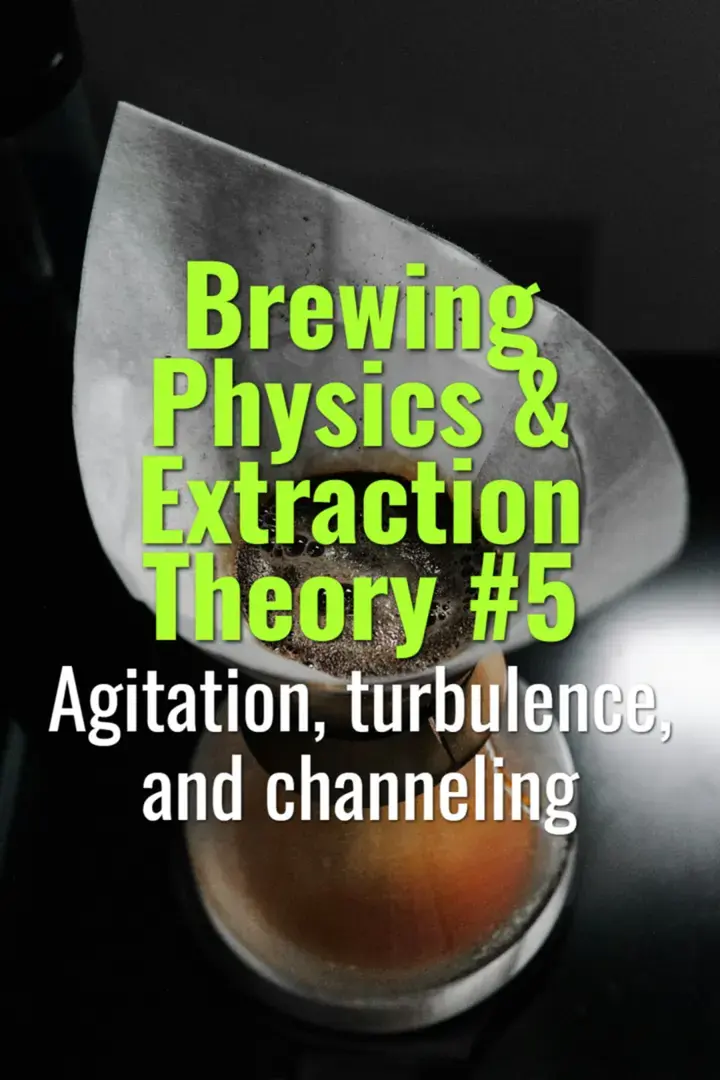Agitation, turbulence, and channeling
How movement of water through coffee grounds affects extraction uniformity, flavor, and potential defects.
- Coffee Basics Nerds
- 1 min read

Agitation, Turbulence, and Channeling
-
Agitation:
-
Manual or mechanical stirring of coffee during brewing.
-
Purpose: Breaks up crusts or clumps, promotes uniform extraction.
-
Examples: Stirring a French press after bloom, swirling AeroPress.
-
Turbulence:
-
Natural water movement during pour-over or espresso.
-
Small-scale eddies improve contact between water and coffee particles.
-
Prevents stagnant zones where under-extraction may occur.
-
Channeling:
-
Occurs when water finds preferential paths through the coffee bed.
-
Leads to uneven extraction: some areas over-extracted, others under-extracted.
-
Causes: uneven tamping, coarse clumps, bed cracks, high flow rate.
-
Key Implications:
-
Proper agitation reduces channeling and improves flavor balance.
-
Controlled turbulence is beneficial; excessive disturbance can over-extract.
-
Channeling is most critical in espresso due to short contact time and high pressure.
-
Best Practices:
-
Even distribution of grounds.
-
Bloom and stir in pour-over for uniform saturation.
-
Avoid cracking the bed or over-tamping.
-
Monitor flow rate to prevent fast water paths.
-
Outcome:
-
Well-managed agitation and controlled turbulence lead to consistent extraction, balanced flavor, and fewer defects.